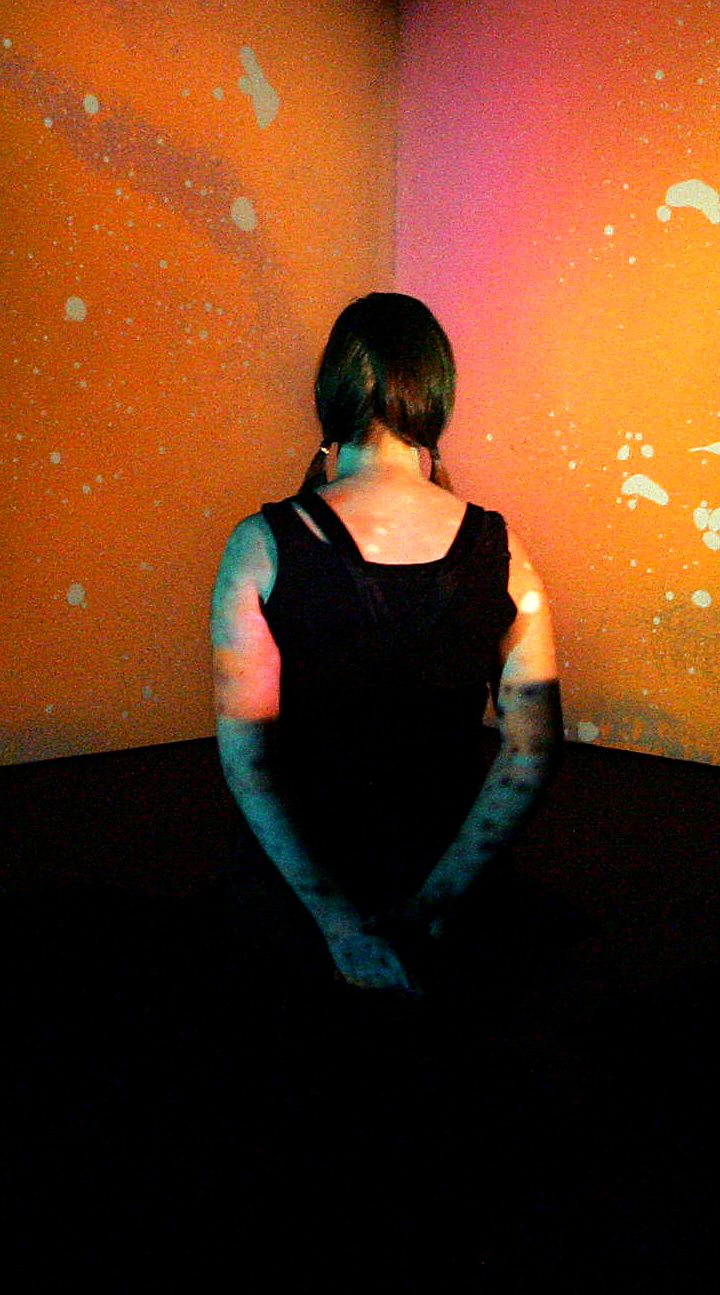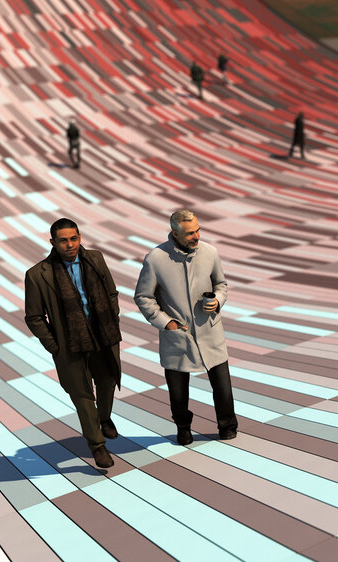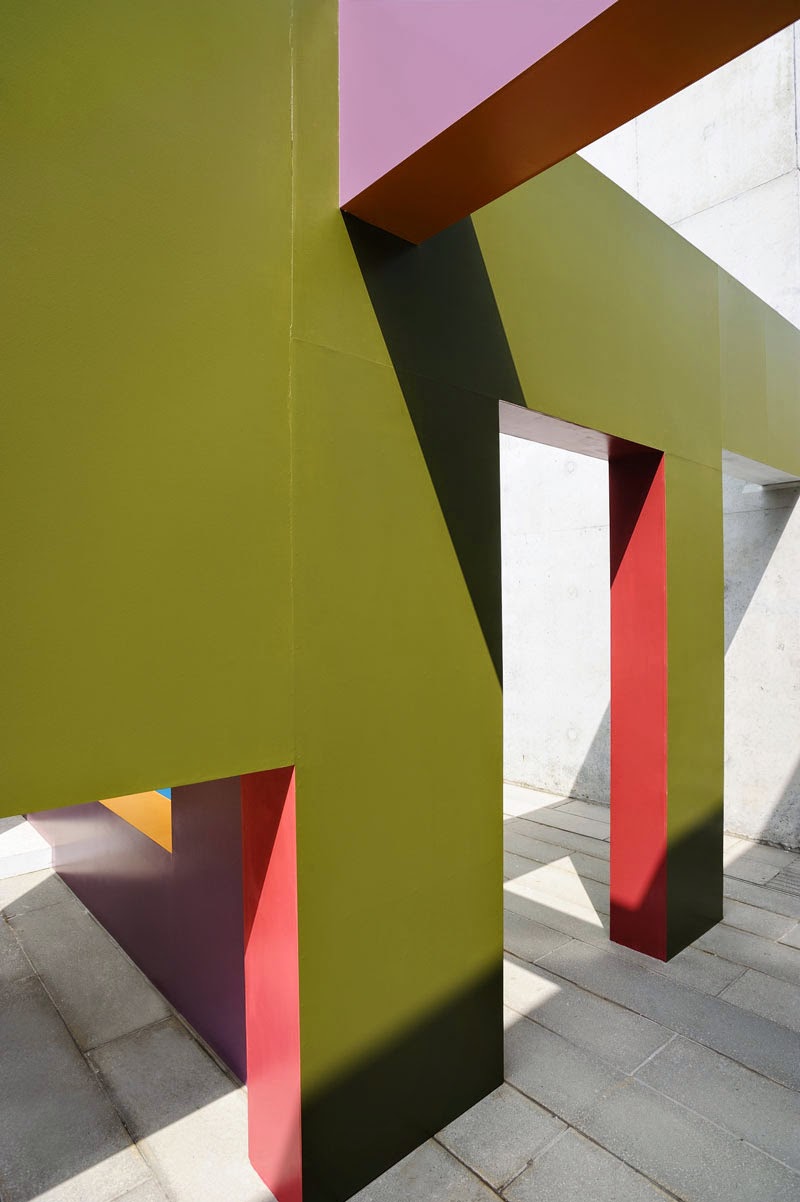laberinto cromatico
Dutch artist Krijn de Koning has created a labyrinthine walkway between brightly coloured walls on a terrace at the Turner Contemporary gallery in Margate, England.
The first public commission in England by De Koning, the Dwelling installation comprises a series of angled walls punctured with doorways and windows that create a trail for visitors to navigate through.Situated on the south terrace of the David Chipperfield-designed Turner Contemporary, the walls are positioned between the exterior of the gallery building and the site boundary.The elements slot between existing structures, incorporating changes in floor level and abutting permanent concrete balustrades.“The artist’s site-specific works – part architecture, part sculpture – challenge the viewer, offering new possibilities to navigate and experience the space the works inhabit,” said a statement from the gallery.Perpendicular surfaces, including door and window recesses, are all painted in different colours.The bright tones reference traditional seaside pavilions and beach huts, a common feature along the UK coast.The maze is open to the sky so shadows move across the surfaces of installation through the day.Architectural features including windows and doors are different sizes and positioned at various heights, allowing some to be clambered over or crawled beneath.











